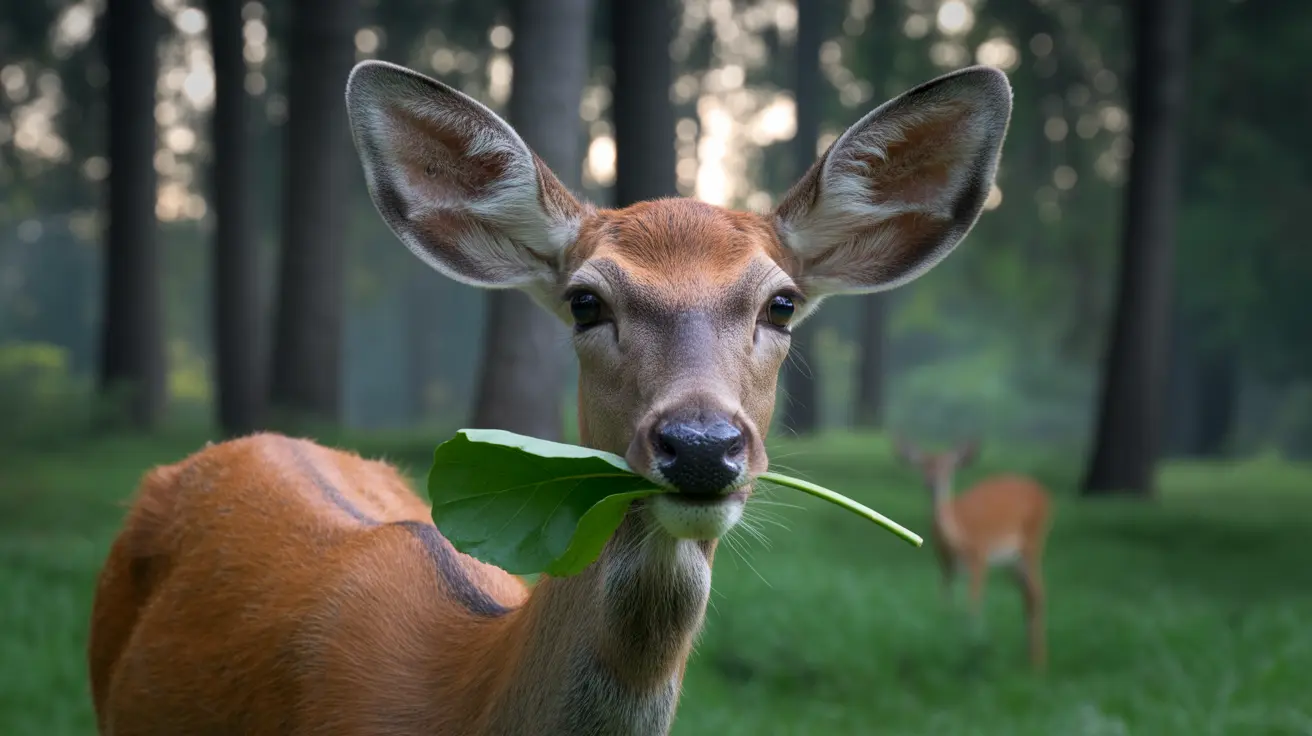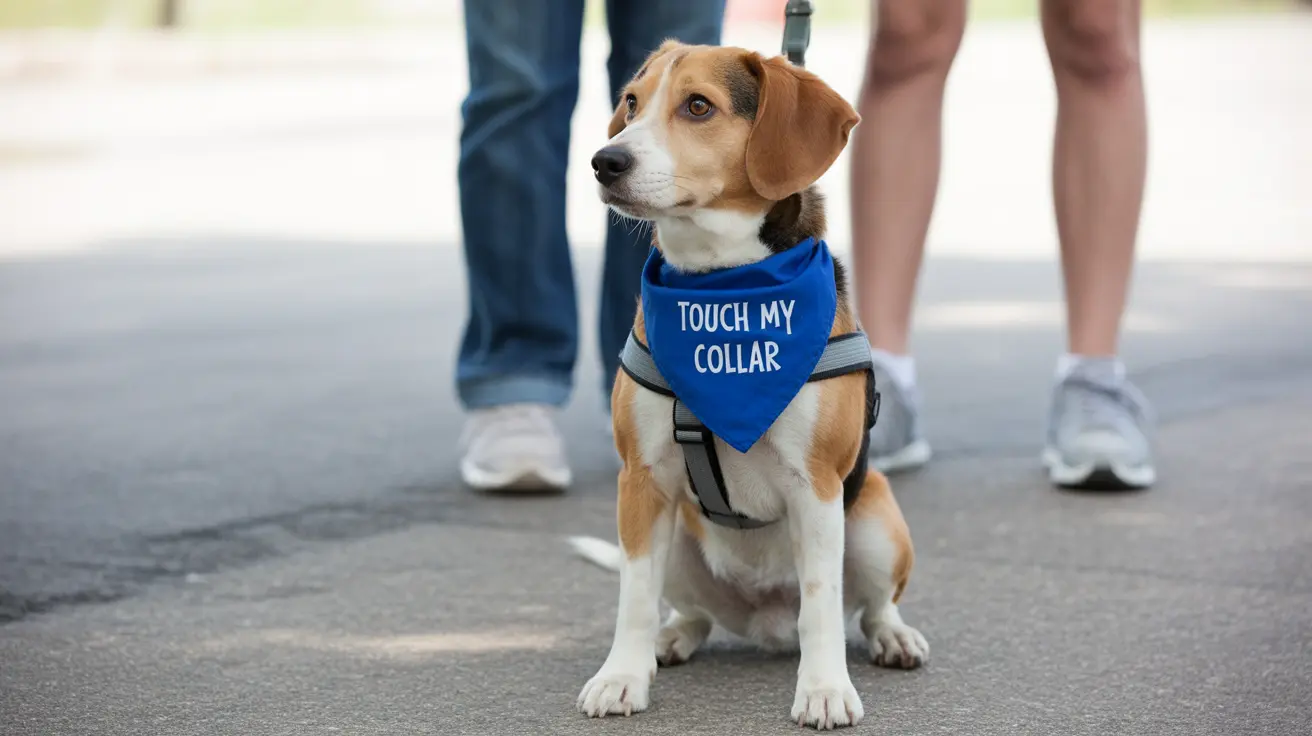Recognizing and Preventing Green Bean Toxicity in Dogs
Green beans are often recommended as a low-calorie, nutritious treat for dogs. They're packed with fiber, vitamins, and minerals like vitamins A, B6, C, and K, as well as potassium, magnesium, iron, and calcium. While generally safe, improper preparation or excessive feeding can lead to potential health problems. In this comprehensive guide, we explain the safe use of green beans in your dog’s diet and how to spot signs of toxicity or digestive distress.
Health Benefits of Green Beans for Dogs
- Low in calories, making them ideal for overweight dogs.
- Rich in dietary fiber, which can aid digestion.
- Contain essential vitamins and minerals that support immune health, bones, and metabolism.
- High water content keeps dogs hydrated and satisfied.
When Green Beans Become Harmful
Despite their benefits, green beans can be harmful when:
- Prepared with salt, oils, butter, garlic, or onions – ingredients toxic to dogs.
- Fed in excessive amounts, causing gastrointestinal upset.
- Introduced too abruptly into the diet without gradual transition.
- Included in processed dishes like green bean casseroles with fatty, unhealthy toppings.
Signs of Green Bean Toxicity or Intolerance
While green beans are not inherently toxic, misuse can lead to symptoms such as:
- Vomiting – usually from gastrointestinal irritation.
- Diarrhea – from sudden dietary changes or overfeeding.
- Bloating and gas – due to high fiber content or improper portioning.
- Lethargy or discomfort – signs your dog might be reacting to an ingredient or volume issue.
- Choking or intestinal blockage – if beans are too large or not chopped properly.
Safe Portion Guidelines
To avoid digestive issues or nutrient imbalances, follow these general serving recommendations per day:
- Extra small dogs (2–10 lbs): 1 bean
- Small dogs (11–20 lbs): 2 beans
- Medium dogs (21–50 lbs): 3 beans
- Large dogs (51–90 lbs): 4 beans
- Extra-large dogs (91+ lbs): 5 beans
Preparation Tips to Keep Green Beans Safe
- Always serve plain, unsalted green beans.
- Wash fresh beans thoroughly, remove strings or stems, and cut into bite-size pieces.
- If cooked, use steaming or boiling without fat or seasoning.
- Rinse canned beans to remove added sodium or choose low-sodium options.
- Chop frozen beans to reduce choking risks.
Green Beans as a Treat, Not a Meal
Green beans should comprise no more than 10% of a dog’s daily caloric intake. Substituting them for too much of your dog’s regular meal could cause nutrient deficiencies, as they do not provide essential proteins and fats. The so-called “green bean diet” for weight loss is discouraged unless supervised by a veterinarian.
When to Contact a Veterinarian
If your dog shows symptoms like persistent vomiting, diarrhea, or lethargy after consuming green beans, consult your vet—especially if symptoms last more than 24 hours or appear severe. Underlying health conditions might be the root cause, requiring medical attention.
Alternative Safe Vegetables
If your dog doesn’t tolerate green beans well, consider other vegetables such as:
- Carrots – low-calorie and high in vitamin A.
- Broccoli – in small amounts, rich in antioxidants.
- Celery – hydrating and crunchy.
- Sweet potatoes – high in fiber and beta-carotene.
Conclusion
Green beans can be a healthy part of your dog’s treats if given in moderation and prepared correctly. Watch for signs of digestive upset and always consult your vet before making any big dietary changes. With the right approach, green beans can be a safe and tasty addition to your dog’s menu.





